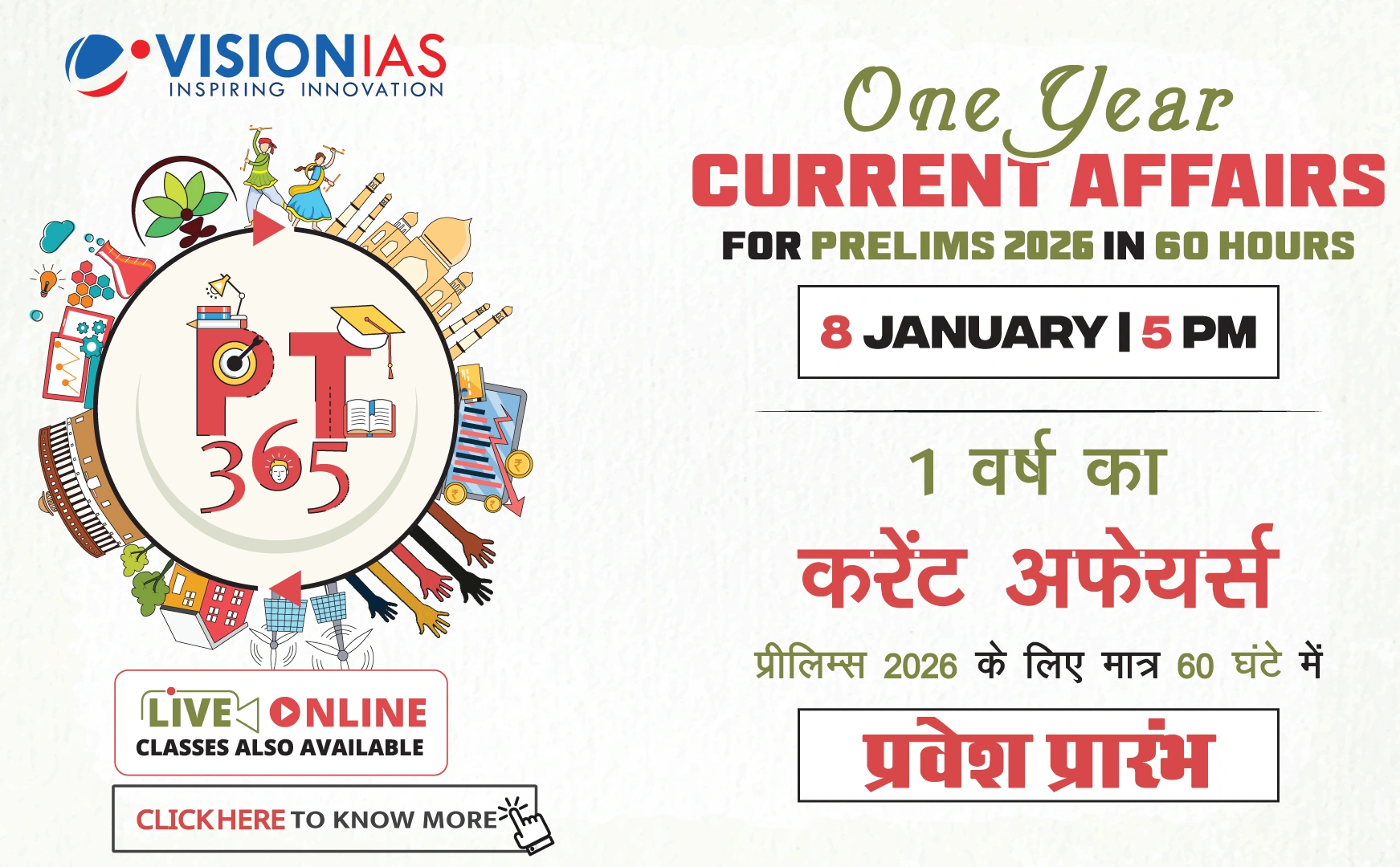Monetary and Fiscal Policy Coordination
The Reserve Bank of India (RBI) has made significant cuts to key lending rates in consecutive meetings, with a 25 basis point cut in April 2025 and an additional 50 basis point cut in June, bringing the policy repo rate to 5.5%.
Economic Projections and Policy Implications
- The RBI forecasts GDP growth of 6.5% for 2025-26 and expects inflation to remain within the target band of 4% +/- 2%.
- This monetary policy shift follows recent income tax cuts, signaling an expansionary stance in both fiscal and monetary policy.
- Stable macroeconomic outcomes require coordination between fiscal and monetary policy to manage aggregate demand and inflation effectively.
Challenges and Economic Indicators
- Despite policy changes, credit growth has slowed to a three-year low of 9% in May 2025, and unemployment has risen to 5.6%.
- Inflation has dropped to a six-year low of 3%, providing scope for interest rate cuts.
- Global challenges such as tariff wars and geopolitical tensions pose risks.
Policy Considerations and Long-term Implications
- There are concerns about the effectiveness of policy measures, as current economic indicators show signs of weakness.
- Potential issues arise if households delay consumption, which could lead to future inflation spikes when investment and consumption increase.
- Failure to stimulate sufficient output growth may lead to a fiscal deficit increase, necessitating potential cuts in government spending.
- It is essential for the government to bolster wages and consumption power for vulnerable populations to ensure sustainable economic growth.



